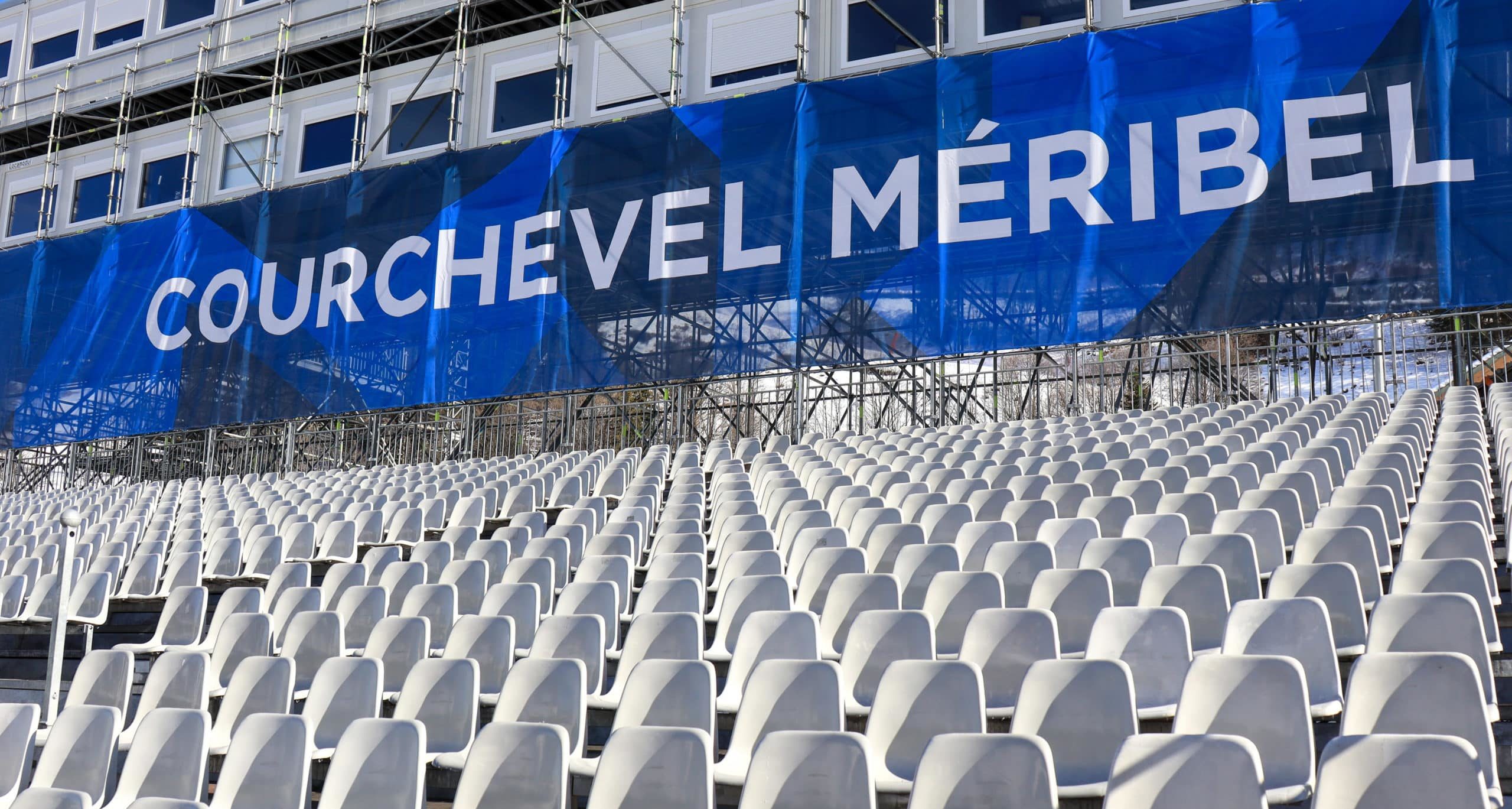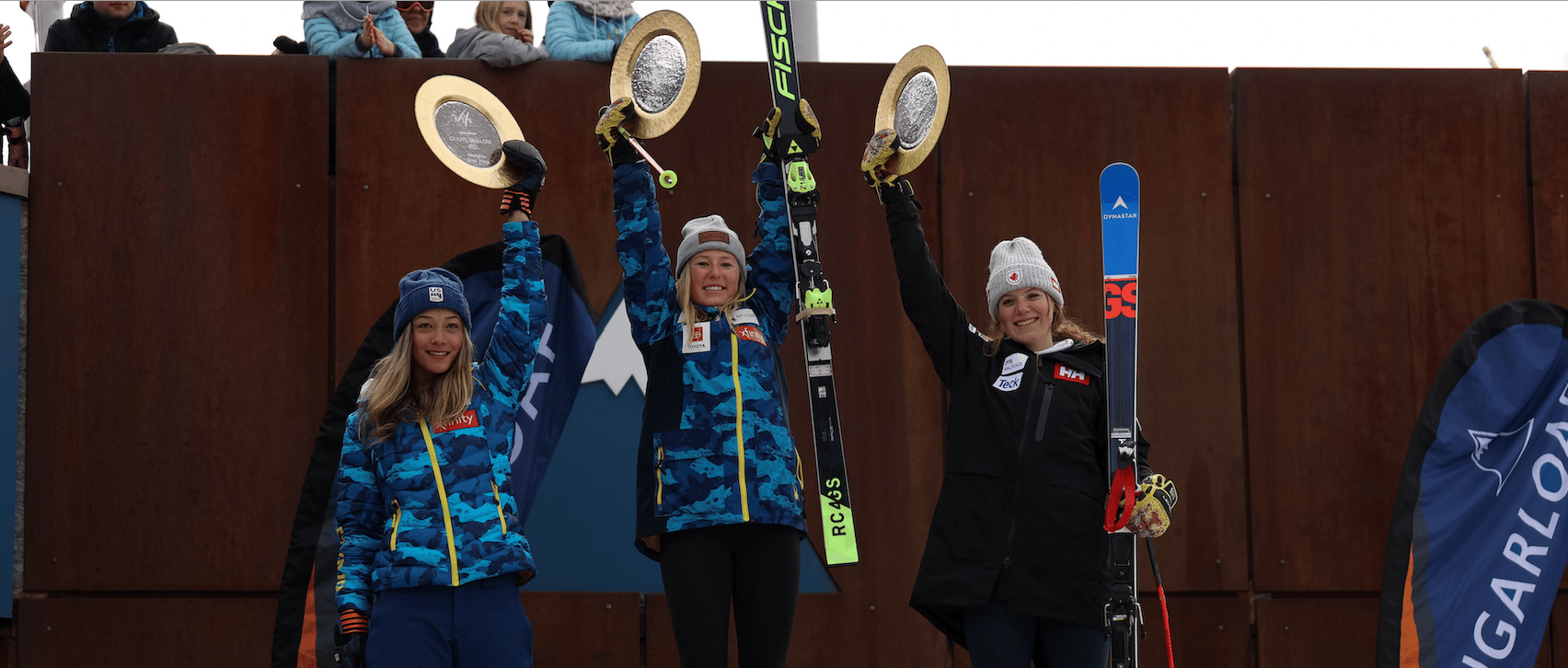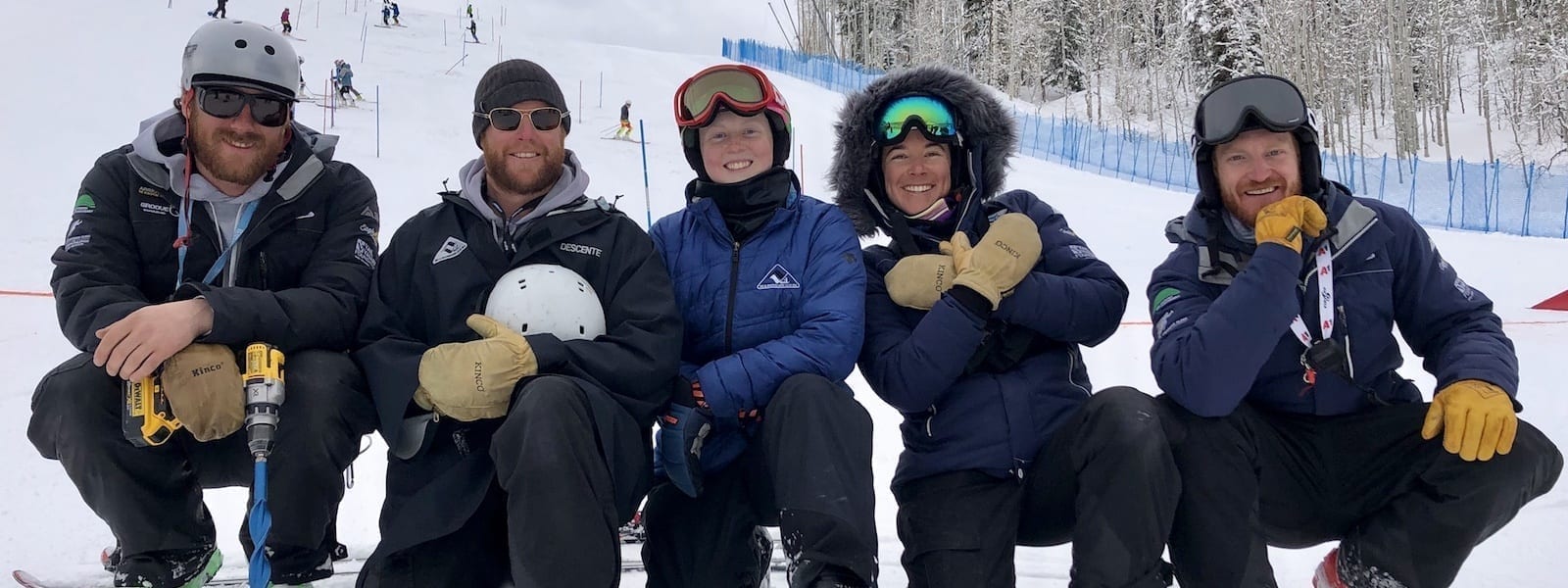Brennan Rubie, On the Mend
The FIS radius rule changes being in limbo brought drama and controversy to the 2012-2013 NorAm season. The old radius skis were still legal for one last year, so Canadian and U.S. National Team racers  (forced to adhere to the new rules at World Cup races) were often critical and vocal about the disadvantage of having to adjust with bouncing back and forth from the 35-meter skis to the 27-meter skis for GS.
(forced to adhere to the new rules at World Cup races) were often critical and vocal about the disadvantage of having to adjust with bouncing back and forth from the 35-meter skis to the 27-meter skis for GS.
There were, however, no complaints from Brennan Rubie, who crushed the field two days in a row at the NorAm GS races in Panorama, scoring an even 6.0 both times.
Shortly there after, Rubie proved he could ski the big boards too, when he qualified for a second run at the legendary World Cup GS in Adelboden. A month prior to that, Rubie scored his first World Cup points in the Super G at Beaver Creek, where he finished 27th. One could safely say that Rubie was on a roll for the 2012-2013 racing season.

Rubie’s fast-pace early season momentum came to a crashing halt though, when he caught an edge in the finish of a Europa Cup downhill training run in Val d’Isère. He recounts the accident below:
“It was the first training run, and it started snowing lightly when the run began. As the day progressed the snow gradually fell harder. I was running around 50th, and by then there had been multiple course holds due to layers of fog and snow that were rolling through. I went out of the start with the mentality of trying to ski solid and stay healthy, which I achieved… until the finish. The snow had started to pile up and guys had started to push snow piles. Because of the flat light, I didn’t see one of the piles in the finish as I went to stop. I started to put my skis sideways and caught the outside edge of my downhill ski on a pile of snow……. my feet pretty much stopped, and I tomahawked across the flats. I think, as my feet came around on the first revolution and made contact with the ground, both knees hyper extended, and my body twisted. I think the leg I broke came around more twisted then the other and broke on impact, destroying the ski, and sending it 20 feet in the air. Most of my memory is just a jumble of sounds and garbled images.”
“When it was all over, I was sitting with my legs folded underneath me and one ski still attached. My goggles, poles, and one glove were scattered around me. I remember yelling as loud as I could. Not because I was in pain, or because I could feel my broken fibula, or the torn labarum in my shoulder, but because of all the places to crash, the finish is THE WORST..”
“The clinic was about three minutes away, so we had an x-ray within an hour of the accident. The diagnosis was a spiral fracture of my left fibula, a displaced ankle joint, and a tear in the deltoid on the inside of the ankle. So I got a ride to Switzerland and flew to Salt Lake City, where I had surgery a week later.”
“The surgery involved a five-inch stainless steel plate that screwed the two halves of the bone together. Recovery was just six weeks non-weight bearing.”
A couple of weeks after the surgery on Rubie’s leg however, he noticed his shoulder was still bothering him. A series of MRI images revealed a torn labrum. “Basically the labrum is soft tissue that supports the shoulder and keeps it from dislocating,” explaines Rubie, “I tore mine pretty much in half.” The injury required surgery and Rubie had to keep his shoulder completely immobile for six weeks, which he is currently approaching the end of. After that, he’s got months of stretching and strengthening before he’s back on snow. Doctors project a six-month recovery; Rubie hopes to be training again by September 2013, which will give him a short two and a half or three months to prepare for the World Cups at Beaver Creek.
“It’s been tough trying to adjust, to find a purpose for myself when I’m usually out experiencing the world and competing with some of the best athletes in the world,” said Rubie. “But it’s been good, it’s made me appreciate even the mundane repetitive things that are sometimes involved with ski racing, like dryland training or driving endlessly from place to place. I’ve never been much of a hiker, something about just walking seemed kind of boring, but I’ve been able to hike to the peak of Snowbird a couple times with my aunt since I’ve been down and out, and I’ve never been so excited to just be outside and moving.”
Rubie carries a healthy attitude through his recovery, and seems more determined than ever. He explains his approach for both the physical and mental sides of his comeback to World Cup racing below:
“As far as getting back… I had a great year this year, I scored points in my first World Cup, I made second run in the Adelboden GS, and won a couple of NorAms. I’m just trying to take things day by day. I’m anxious to get back, but I know that at this point in my career it’s a delicate balance between getting back to skiing as fast as possible, and getting back to a spot where I can give myself the chance to ski as fast as possible. I need to do the latter.”
“On the mental side of things, trust and patience with myself is going to be key. I’ve observed that people who have had major injuries can get frustrated because they don’t feel like they are skiing as well as they used to be able to. So for me just reminding myself that the past doesn’t matter, and that I love ski racing because I love to ski. And as long as I stay in that moment, I’ll be able to get better… And get faster!”
-Article from Jeremy Elliot
Photo credit SmugMug





















